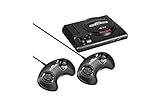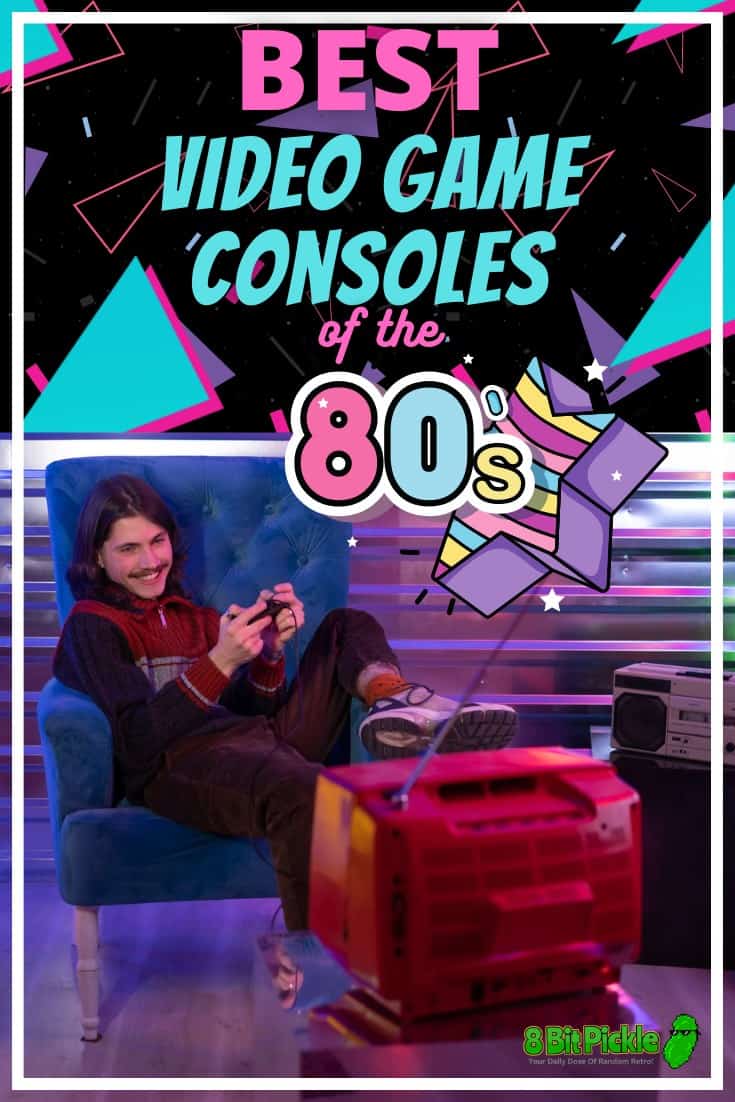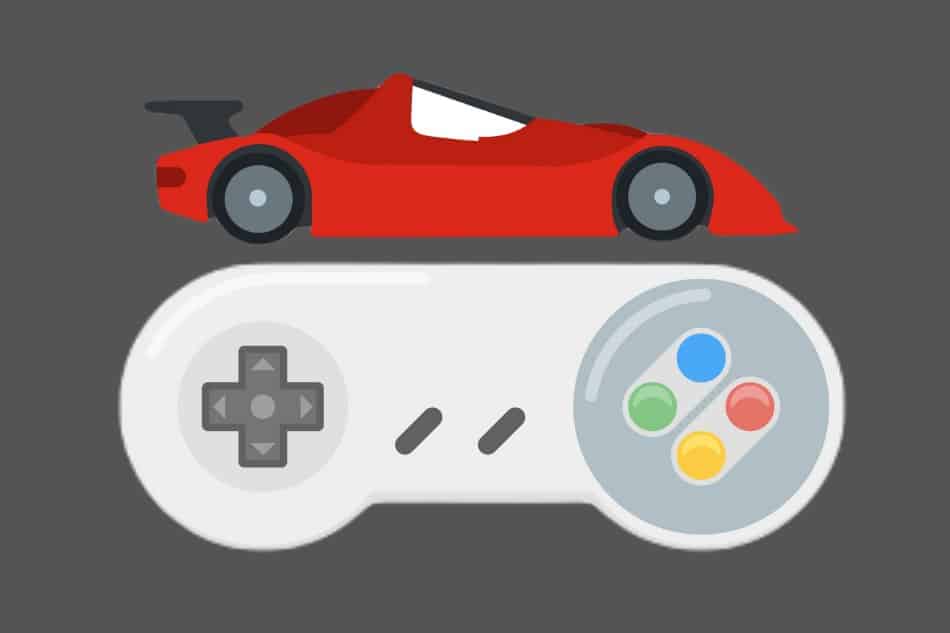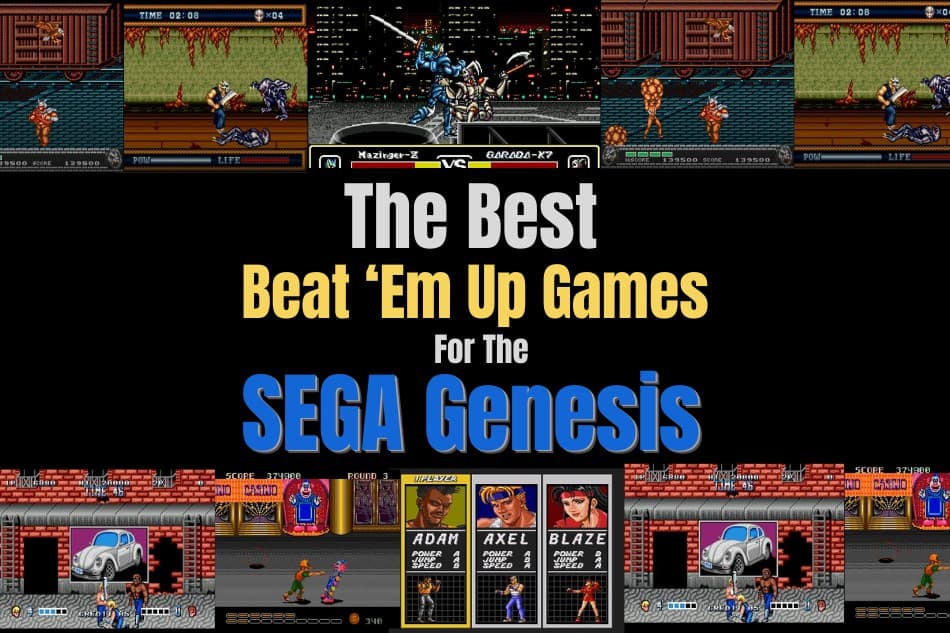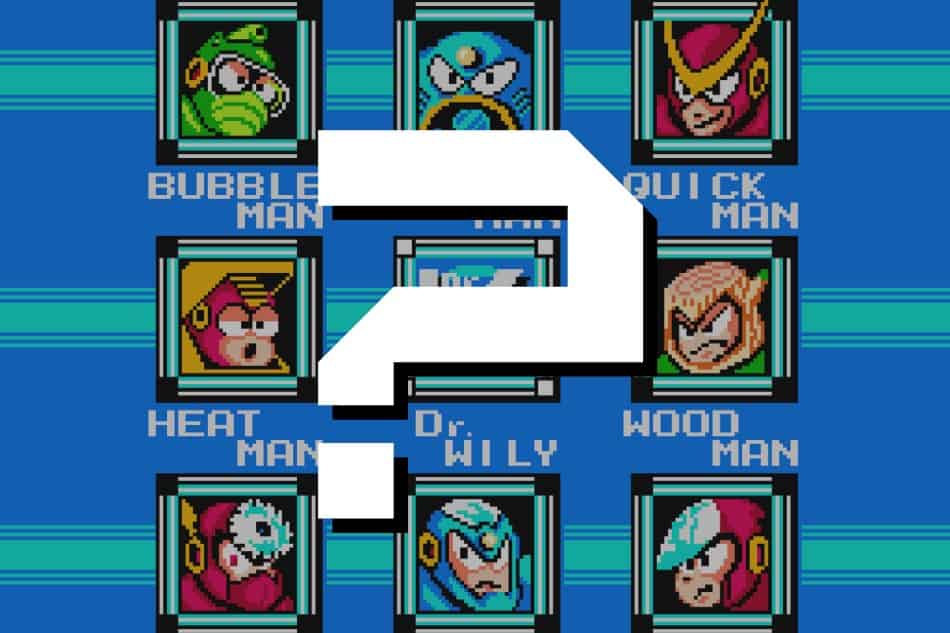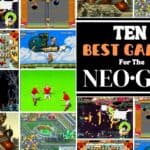“It Was The Best Of Times. It Was The Worst Of Times.” – Charles Dickens
It is no secret that the first half of the 1980s was rather unkind to the video game industry.
However, it was a whole different story come 1985.
Yes, despite the shock and awe of the Great North American Video Game Crash just a handful of years earlier, companies like NEC Nintendo and SEGA rose from the ashes and ushered in a new era of electronic entertainment the likes of which had never been seen before.
With Atari slowly fading from the public’s eye, a new generation of gaming consoles began arriving on the scene – each bristling with so much advanced technology that it was quite literally as though we were bringing the excitement of the arcade home with us for the very first time.
Granted, there were some missteps along the way. However, the gaming consoles of the 1980s successfully rectified the mistakes of the past – while at the same time proving to critics and naysayers that video games were much more than just some passing fad.
They were a glimpse into the future of recreation! Here is a look at
The Best Video Game Consoles Of The 1980s
TurboGrafx-16 (1989)
Developed by Hudson Soft and sold by NEC Home Electronics, the TurboGrafx-16 was like something straight out of the future! Initially released in 1987 as the PC Engine in Japan, it served as a direct competitor to the Nintendo Famicom which it successfully outsold during its first year on the market.

Equipped with an 8-bit CPU and a dual 16-bit processing unit, it was more powerful than any home console available at the time.
Critics praised its elegant design, while the promise of future add-ons set to take your gaming experience to an entirely new level kept gamers waiting with bated breath.
Sadly, delays would keep the PC Engine off the North American market until 1989.
Hitting retailers as the TurboGrafx-16, it featured a host of solid launch titles ranging from Type-R to Alien Crush and looked poised and ready to enjoy similar success as it had overseas.
However, it was not to be. Limited advertising and competition from some seriously hot 16-bit consoles courtesy of SEGA and Nintendo – in addition to many consumers criticizing the fact that the 8-bit console was being marketed as something more advanced – quickly doused the popularity of the TurboGrafx-16.
The console was finally discontinued in 1994 and has since gone on to amass a cult following of retro collectors. This is despite falling a distant third to the other gaming systems of the day.
While it may have been too little, too late by the time it arrived in North America, the TurboGrafx-16 takes the fifth slot on this list for showing the world what an 8-bit machine was truly capable of.
SEGA Master System (1986)
Released in Japan as the SEGA Mark III in 1985, the Master System was another 8-bit console that charged in looking to help revive a rapidly recovering gaming industry.
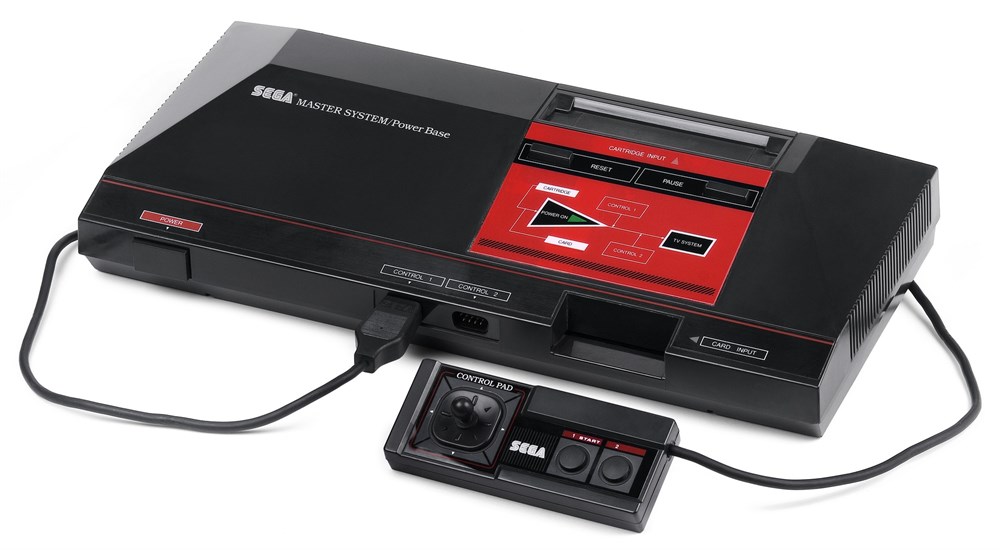
Arriving in North America one year after its initial launch, it was neither as pretty nor popular as the forthcoming Sega Genesis. That said, like the TurboGrafx-16, the Master System gets some serious street cred for showing the world what an 8-bit console was capable of when at its peak!
Released in competition with the immensely popular Nintendo Entertainment System, the SEGA Master System used a mixture of both cartridges and a unique credit card sized format known as SEGA Cards in the distribution of its games.
It featured numerous additional niceties including a built-in FM audio chip, rapid-fire switch, and several unique accessories ranging from a light gun to a pair of special 3D glasses that worked with a range of specially designed games.
The console features a small library of games made up of such titles as Choplifter and World Grand Prix and, while it featured newer hardware over the NES, it failed to make a significant dent in the gaming giant’s market share in both North America and Japan.
Critics and consumers saw the Master System as more a techy toy than a gaming console, panning its limited library of titles.
SEGA had sunk over $15-Million into their Master System marketing but were only able to move 150,000 units by the time all was said and done.
By comparison, competitor Nintendo was sitting pretty selling over 1.1-million consoles.
The early 90s saw the end of the Master System, but it was far from the failure many would make it out to be. The technology incorporated into this thing was quite impressive to behold.
A concept ahead of its time. However, with no flagship characters to rival the likes of Mario and Luigi, in addition to the inability to wrap the whole package up in a nice, big bow, the Master System soon ran out of gas!
But, if you thought the SEGA story was done here, you’d be dead wrong!
You’d be dead wrong indeed!
Nintendo Game Boy (1989)
I’ve published more than a few pieces for more than a few different outlets about the impact handheld gaming has had on society. And yet, whether we’re talking about the Game Gear, the Lynx or that rather impressive landslide of LCD games from Tiger Electronics from back in the day, every last one of them owes its existence to Nintendo’s original Game Boy!

Hitting the market in 1989, the Game Boy was quite literally like nothing we had ever seen before!
Gaming On The Go was still a somewhat foreign concept at the time. Something out of Science Fiction. And yet, Nintendo shocked the world with the release of this groundbreaking grey brick and its magical ability to take video games anywhere and everywhere you wished to be!
Oh, it only had a black-and-white screen? So what? It was impossible to play at nighttime due to no backlight? We didn’t care! The Game Boy changed the industry overnight, offering up everything fans loved about the classic NES and sticking it into our pockets!
Add to that a strong library of games that included Super Mario Land, Tetris, Baseball, and Alleyway to name but a few, and it is pretty easy to see why the Game Boy was a hit straight from the get-go!
Sure, other handheld consoles would arrive before too long. However, it was the Nintendo Game Boy that always reigned supreme!
Critics praised the strong battery life, attractive price point, and a selection of games that many felt was only rivaled by the NES.
Yes, this one was a game-changer in every sense!
The Game Boy was finally discontinued in 2003, but not before 119-Million units made it into the hands of enthusiastic gamers across the globe!
- Unlike modern handheld consoles, the GB Original does not have a back light and is best used in a well lit room or under a lamp.
SEGA Genesis (1989)
Like I said earlier, the SEGA story was far from over! Credited by many as being the first official 16-bit gaming console to make it to market, the Genesis fearlessly went to war with Nintendo and ignited one of the biggest platform wars of the modern age!

Aimed at a slightly older audience with the help of an impressive advertising campaign that tirelessly took shots at Nintendo, SEGA quickly proved that they had learned from the mistakes of the past and had nothing but the utmost confidence in their new console.
In addition to featuring state-of-the-art technology that predated the Super Nintendo by more than a year, the Genesis even featured a unique character to serve as its official mascot. And not just any character, but one of the most beloved and popular video game characters of all time – Sonic The Hedgehog!
Adapted from the System 16 arcade board, the Genesis had the ability to display incredible graphics and smooth scrolling backgrounds that put everyone else to shame at the time.
Granted, it took some time for the Genesis to find its footing. However, it wasn’t too long before Sonic was giving Super Mario a serious run for his money at the toy store!
Come the 1991 holiday season, SEGA actually outsold Nintendo. This is despite the fact that the latter had just launched their own 16-bit console in the form of the popular Super Nintendo Entertainment System. Yes, for a time, SEGA was king!
In fact, by 1992, SEGA controlled a staggering 65% of the 16-bit market – marking the first time that Nintendo had not been the home console leader since the launch of the NES in 1985!
In the end, the Genesis offered gamers a library of some 900 games by the end of its lifespan in the late 1990s.
Sonic The Hedgehog became a force to be reckoned with and SEGA showed the world what a successful comeback looked like – by taking the crown away from its king!
The Genesis goes down in history as an icon! One that came out punching and refused to quit!
However, as big a success as it was, the Genesis will forever be shadowed by the #1 entry on this list…
- The iconic SEGA Genesis console that defined a generation of gaming returns in a slick, miniaturized unit.
Nintendo Entertainment System (1985)
The undisputed king of 1980s gaming consoles, the Nintendo Entertainment System brought the industry back to wild, screaming life when it launched in North America back on October 18th, 1985!
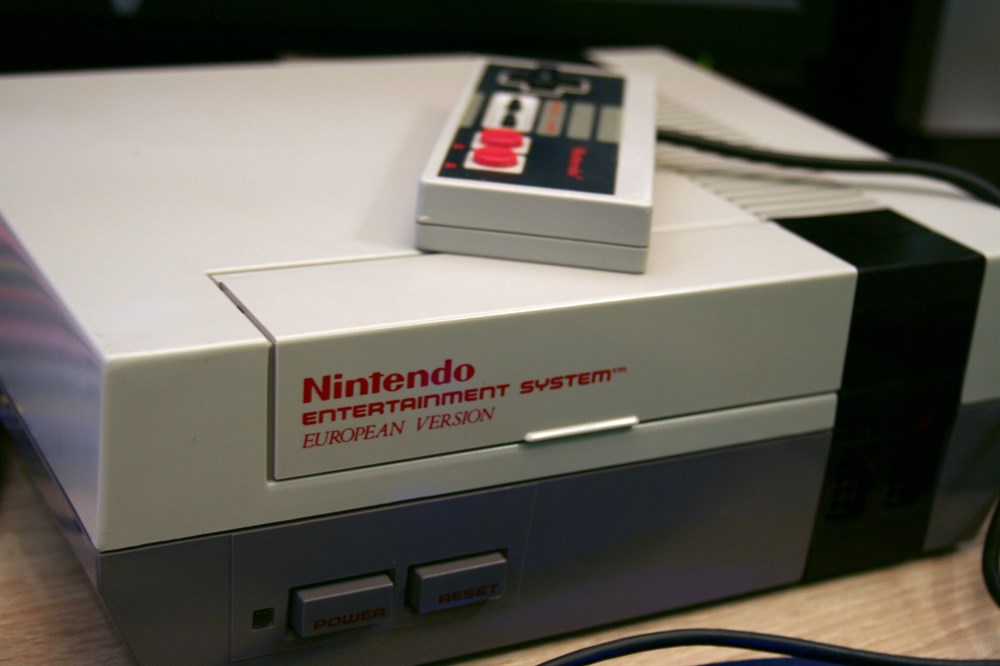
Beginning two years earlier as the Famicom in Japan, the Nintendo Entertainment System was a groundbreaking piece of technology that quite literally changed the trajectory of video games forever!
Introducing the world to such timeless titles as Super Mario Bros, Duck Hunt, The Legend Of Zelda, Metroid, and more, Nintendo showed naysayers that video games were far from dead!
No, in fact, they were here to stay. And, for good!
Over 7-Million Nintendo consoles were sold in 1988 alone, while 30% of American households had one by 1990. It didn’t take long for the console to live up to its slogan: “It Can’t Be Beaten!”
By the end of its North American lifespan in 1995, the Nintendo Entertainment System had sold close to 62-Million units worldwide. At one time, more people owned an NES than did a personal computer.
Its legacy is unmatched, unrivaled by anything since. While it may have had its flaws and limitations, the Nintendo Entertainment System effortlessly takes the top spot on this list for reinventing an industry that now stands toe to toe with some of the biggest juggernauts on the face of the planet.
It arose from the depths of despair, ascending above the smoldering wreckage of what was to usher in a new age of entertainment that is now stronger than ever before!
Yes, technology has changed. The formats are different. However, it is all due to the massive success of this unassuming grey box that countless scores of players across the globe can continue to Game On more than three decades later!
- Mini Classic Edition: The NES Classic Edition is portable, easy to use, and ideal for travel, with different display modes to choose from.
Last update on 2024-04-04 at 01:36 / Affiliate links / Images from Amazon Product Advertising API


